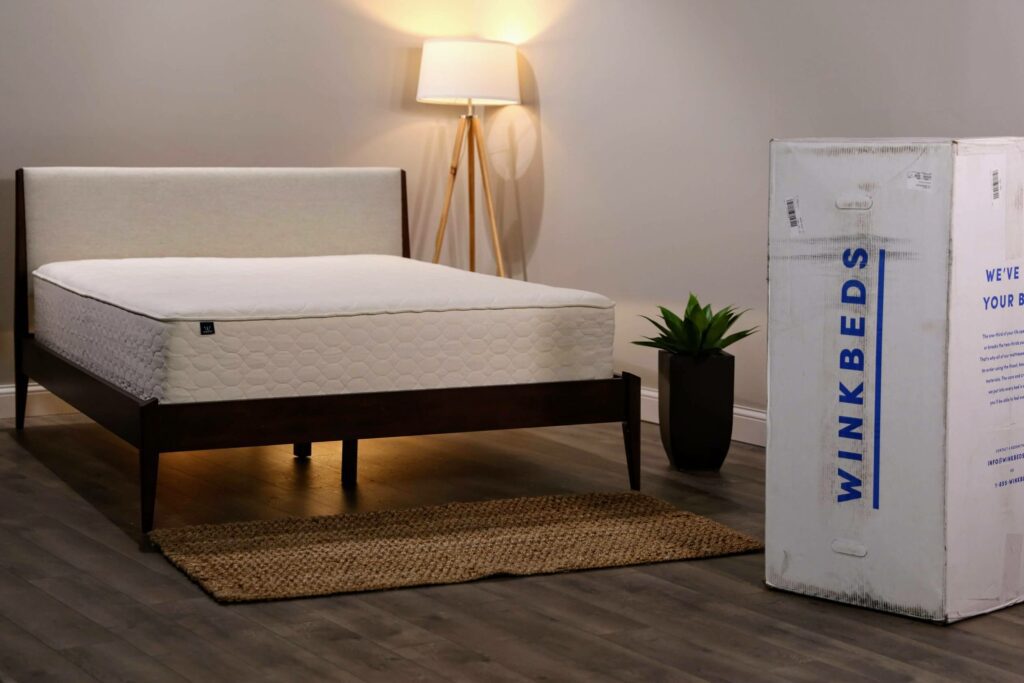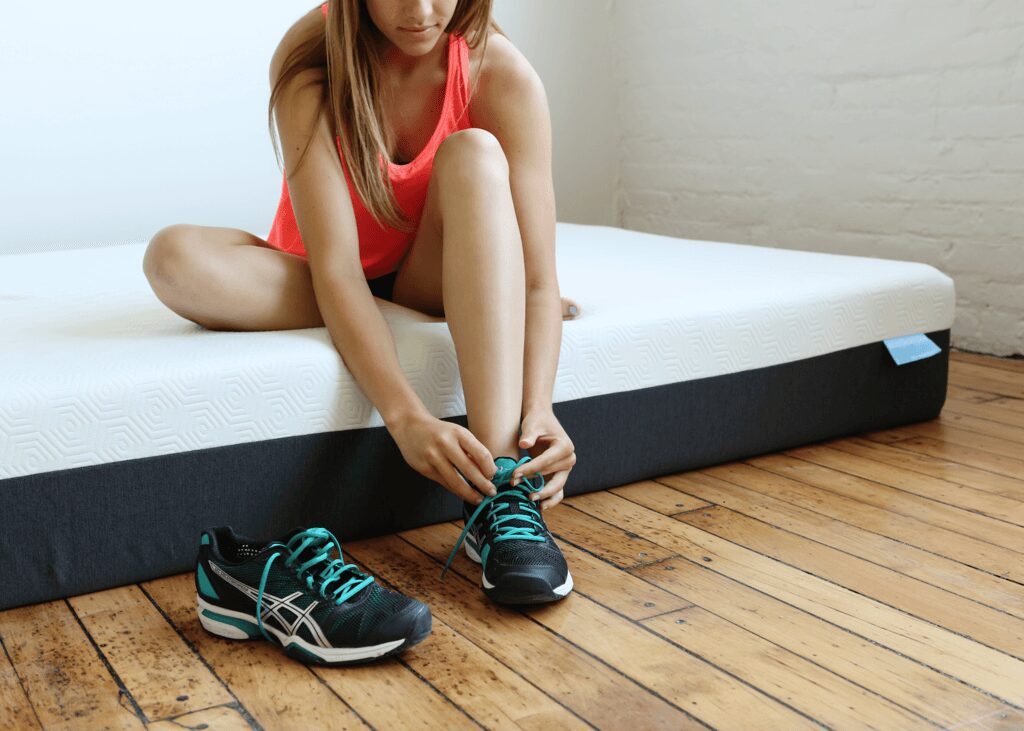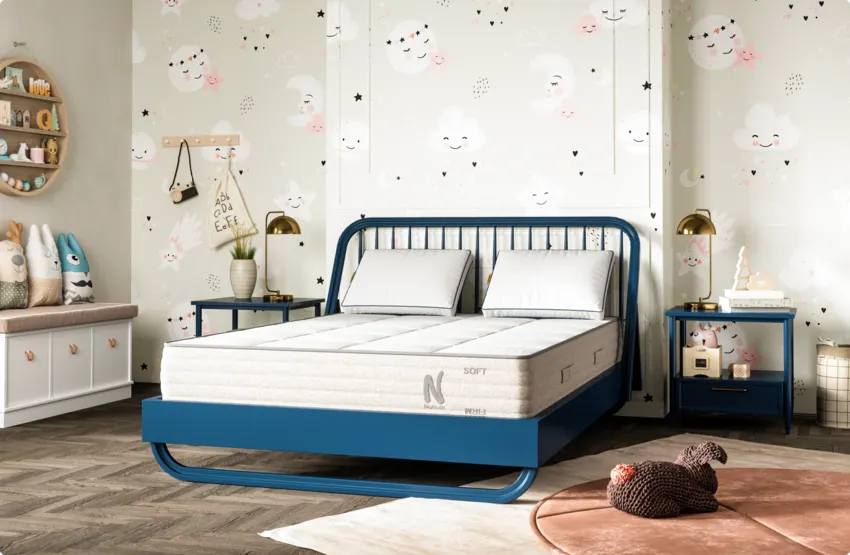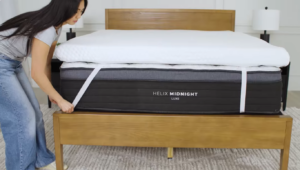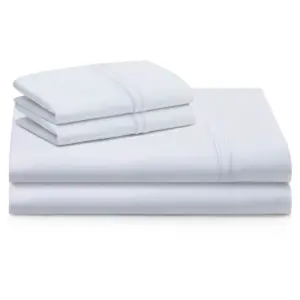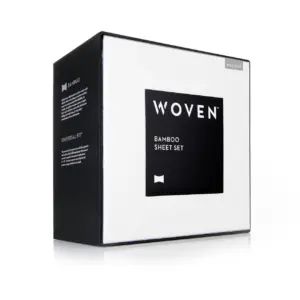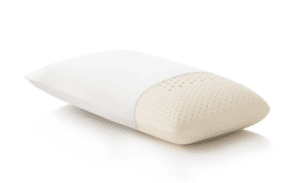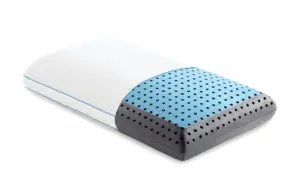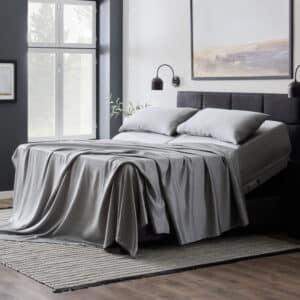Leesa vs. Lull: Best Affordable Mattress Comparison for 2025
When it comes to choosing a new mattress, the choice between brands like Leesa and Lull can be pivotal. Both companies provide medium-firm, all-foam mattresses designed to cater to a diverse range of sleepers. This comparison will dive into the distinctive features of each brand to help you determine which mattress aligns best with your sleeping preferences.
Overview of Leesa and Lull
Leesa Mattress:
– Known for its budget-friendly yet high-quality materials.
– Delivers a balanced, neutral foam feel.
– Strong commitment to community impact through each purchase.
Lull Mattress:
– More affordable across various models.
– Excels in motion isolation, making it an excellent choice for couples.
– Best suited for back sleepers seeking a supportive surface.
I’m Ben Trapskin, the founder of Yawnder, dedicated to providing insights into quality mattresses to help you make informed choices. Let’s delve into the specifics that set Leesa apart from Lull.
Mattress Construction
Understanding the construction of each brand’s mattress can simplify your decision-making process. Both Leesa and Lull feature three layers of foam, though their materials and comfort structures differ significantly.
Leesa Mattress Construction
– Rayon Blend Cover: Soft and breathable, enhancing comfort right from the first touch.
– LSA200 Foam (1.5 inches): Mimics latex to deliver a bouncy, responsive feel that quickly adapts to movements.
– Memory Foam (1.5 inches): Provides contouring and pressure relief, helping to distribute body weight evenly across the surface.
– High-Density Polyfoam (7 inches): Acts as the foundational support layer, ensuring durability and structural integrity over time.
Lull Mattress Construction
– Breathable Cover: Promotes ventilation and helps maintain a cool sleep surface.
– Gel Memory Foam (1.5 inches): Infused with gel to minimize motion transfer while dissipating heat for a cooler sleep experience.
– High-Resilience Foam (1.5 inches): Offers supportive bounce while contouring to the body shape; slightly less responsive than latex.
– Durable Base Layer (7 inches): This layer supports spine alignment and enhances mattress longevity.
Both mattresses boast an approximate height of 10 inches and aim to deliver a medium-firm feel to accommodate different sleep preferences. While Leesa focuses on balanced comfort, Lull prioritizes cooling and contouring.
Firmness and Feel
Understanding how each mattress caters to various sleeping positions is crucial when comparing Leesa and Lull.
Leesa Firmness and Feel
The Leesa mattress offers a medium-soft experience, making it versatile for many types of sleepers.
– Balanced Feel: The LSA200 foam delivers a responsive quality, allowing for smooth transitions during sleep.
– Medium-Soft Comfort: Suitable for most sleepers weighing below 230 lbs, it strikes a harmonious balance between softness and firmness.
– Contour and Support: The memory foam layer distributes body weight evenly, alleviating pressure points, while the high-density foam provides solid foundational support.
Lull Firmness and Feel
In contrast, the Lull mattress leans towards a medium-firm feel.
– Memory Foam Experience: The gel-infused top layer offers a classic slow-sinking sensation, perfectly contouring to your body.
– Supportive Nature: Especially favorable for back sleepers, this firmness promotes proper posture.
– Contouring and Alignment: The gel layer adapts to your shape while the resilient middle foam layer adds bounce and durability.
In summary, Leesa is ideal for those who value a balanced foam experience, whereas Lull stands out for its support and classic memory foam feel.
Performance by Body Type and Sleeping Position
Examining how each mattress performs across various body types and sleeping positions can clarify your choice between Leesa and Lull.
Leesa Performance
– Lightweight Sleepers (<130 lbs): Adequate support for back and side sleepers; stomach sleepers may find it too soft.
– Average-Weight Sleepers (130–230 lbs): Provides a well-balanced experience for back sleepers, although some side sleepers may consider it marginally soft.
– Heavyweight Sleepers (>230 lbs): May lack optimal support, leading to discomfort for back and side sleepers.
Lull Performance
– Lightweight Sleepers (<130 lbs): Excellent for back and side sleepers, providing sufficient contouring and support.
– Average-Weight Sleepers (130–230 lbs): Offers great spinal alignment for back sleepers and comfortable support for side sleepers.
– Heavyweight Sleepers (>230 lbs): Generally more supportive than Leesa but may still fall short for long-term comfort.
From this perspective, Leesa is better suited for lightweight and average-weight sleepers, while Lull tends to be a safer option for heavier individuals, particularly those who sleep on their backs.
Temperature Regulation and Motion Transfer
Temperature regulation and motion transfer can significantly impact your overall sleep experience, and both Leesa and Lull approach these features differently.
Leesa Temperature Regulation
– Cooling Feature: LSA200 foam boosts breathability, ensuring a cool sleep experience throughout the night.
– Motion Transfer: Its layered construction minimizes disturbances, allowing for a peaceful rest even if your partner moves.
Lull Temperature Regulation
– Gel-Infused Foam: Helps to draw heat away but may retain some warmth compared to Leesa.
– Excellent Motion Isolation: The gel memory foam effectively absorbs movement, making it ideal for couples who share the bed.
Pricing and Value
Both Leesa and Lull offer competitive pricing structures tailored for different budgets.
Leesa Pricing:
– Twin: $849
– Twin XL: $899
– Full: $1099
– Queen: $1299
– King: $1599
– California King: $1599
Leesa generally falls into the mid-range pricing category, with discounts available. Its solid construction and quality materials support the cost for many buyers.
Lull Pricing:
– Twin: $755
– Twin XL: $799
– Full: $1099
– Queen: $1199
– King: $1699
– California King: $1699
With frequent discounts, Lull offers a more economical option, delivering solid quality without the hefty price tag.
Shipping, Returns, and Warranties
Before purchasing a mattress online, understanding each brand’s policies is crucial.
Leesa Policies:
– Offers free shipping to all 50 states, a 100-night trial period, and a 10-year warranty. Their responsive customer service enhances the overall experience.
Lull Policies:
– Provides free shipping within the contiguous U.S. and an extended 365-night trial. Its limited lifetime warranty covers defects, offering peace of mind for long-term use.
Conclusion
Choosing between Leesa and Lull ultimately depends on your individual preferences concerning firmness, construction, and budget.
Final Takeaways:
– Opt for Leesa if you favor a balanced, responsive feel that caters well to various sleeping positions.
– Choose Lull if you’re looking for an affordable mattress that provides excellent contouring and support, particularly for back sleepers.
Ultimately, both Leesa and Lull promise restful nights, but your selection will hinge on your unique requirements and financial considerations. Happy mattress shopping!



